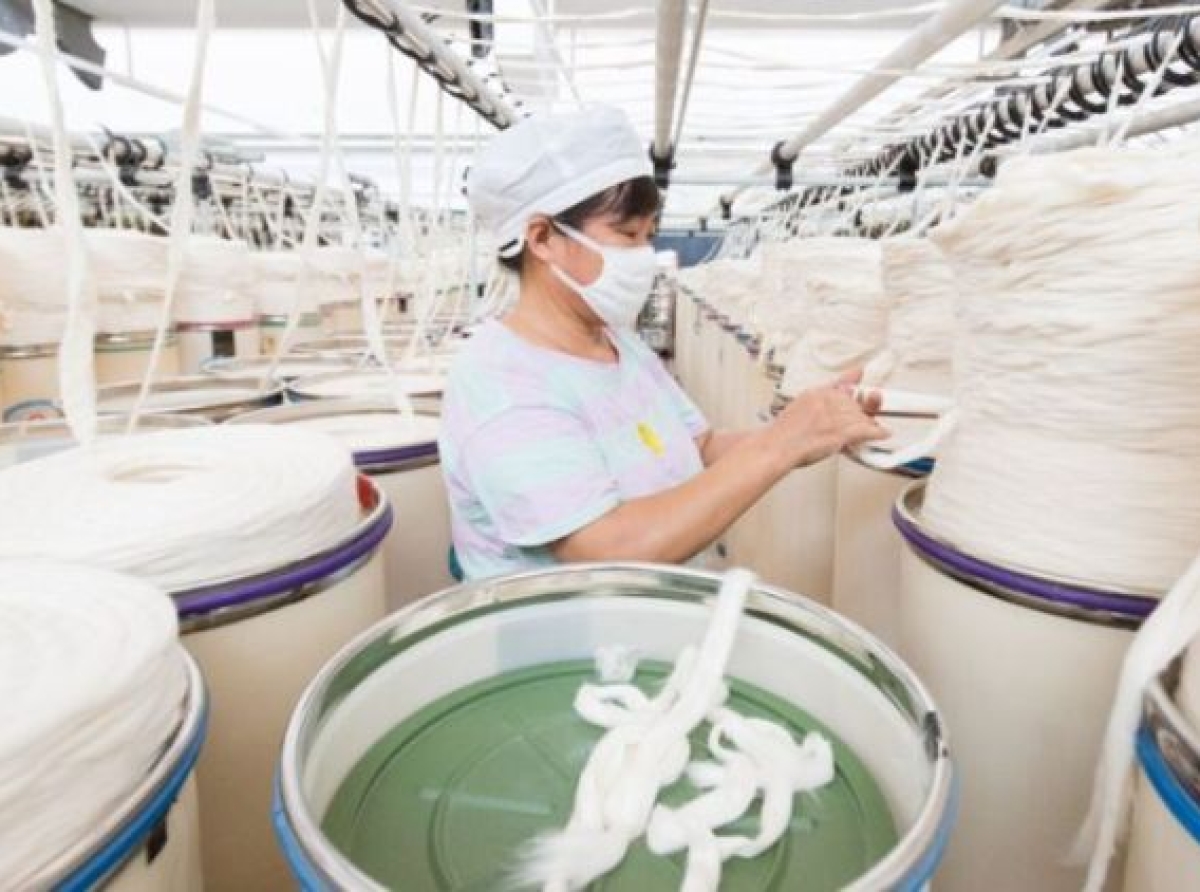Slowing China & fracture of global alliances what it means for Indian Textiles

28 January 2023, Mumbai
China currently leads the world in textile and apparel production, consumption, and commerce. However, the manufacturing sector has relocated due to the unique business environment's unsteady trade restrictions, growing labor costs, more operational monitoring, rigorous environmental checks, and ongoing trade disputes with the United States.
China is steadily raising the minimum wage and promoting greater automation to increase domestic demand. While China's share of global textile and clothing exports decreased to 37.1% and 34.9%, respectively, in 2017, the country nevertheless exported $110 billion and $158.4 billion. China, the European Union (EU), and India were the top three textile exporters that year, followed by the United States.
These three countries accounted for 70% of all textile exports worldwide. China and India experienced growth rates of 5% and 5.8%, respectively. The worldwide supply chain for the textile and garment sector is primarily focused in Asia and Europe, and the United States is a small region in this chain. Because it would be exceedingly expensive, impractical, and scalable, US corporations need help to locate suppliers or build factories in the US.
The export structure
India is one of the world's top nations that contributes considerably to the global textile industry, along with China. For the fiscal year 2017–18, India's textile exports were $36.6 billion, or 15% of all export revenue.
India is the second-biggest exporter of cotton after China and the world's most extensive fiber producer. The first country where Chinese apparel manufacturers established joint ventures was Bangladesh since the latter is a popular location to relocate facilities due to the rising cost of production in China.
Vietnamese and Cambodian textile industries have also attracted the attention of Chinese textile makers. Bangladesh is appealing because it has more developed management and lower labor costs than China, which has a more skilled labor force but higher production prices.
Additionally appealing are its trade agreements with the US and the European Union (EU). Although the country has yet to permit foreign investment in basic apparel manufacturing, manufacturers are nonetheless interested in investing in fabrics, garments, printing, and dyeing facilities there.
Its garment and textile (T&C) exports have consistently increased. Robert Lok, managing director of the Chinese company Merit Tat International Ltd, who was a member of a Hong Kong business delegation to Bangladesh in early June, claims that the young and vivacious Bangla labor force has world-class skills and that companies want to plan joint ventures with Bangladeshi partners because the ongoing trade war may impact Chinese garment businesses.
Francis Man Piu Cheng, a Chinese clothing manufacturer based in Hong Kong, claimed that Bangladesh had more highly skilled laborers and more experienced management compared to Cambodia.
Other potential textile manufacturing locations
Uzbekistan is a potential textile and apparel manufacturing location for Chinese firms. The $100 million Kashkadarya textile project is currently in its second and third stages and is being carried out by Chinese textile and mechanical engineering behemoth Jinsheng Group.
This group comprises 77 businesses and organizations located in Germany, Switzerland, China, and other nations.
Its production capacity will be roughly 15,000 tonnes of mixed yarn and 10 million square meters of fabric when implemented in the first quarter of 2020. African textile projects are another area that Chinese textile manufacturers are considering funding. Cheaper labor and other plant-related expenses, lower tariffs offered by the US and the EU, and government-sponsored promotional activities are the causes.
In partnership with the China Chamber of Commerce for Import and Export of Textile and Apparel (CCCT), the International Trade Centre (ITC) organized an investment road show on textiles and apparel in Shanghai and Wuxi during the second week of March. The UK Department for International Development funded the Partnership for Investment and Growth in Africa (PIGA) program, which organized it (DFID).
A hundred or more Chinese companies took part in the roadshow. A memorandum of understanding (MoU) was signed by the Ethiopian Investment Commission (EIC) and Zhejiang Mengnah Socks & Hosiery Co Ltd to carry out a $30 million investment project.
Other textile and apparel producers are negotiating the purchase of land with Ethiopia. The EIC, the CCCT, and the Shanghai Chamber of Commerce for Import & Export signed an MoU, and more agreements are being negotiated. Companies have contributed close to $200 million to projects related to the textile sector.
























